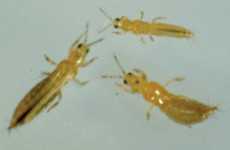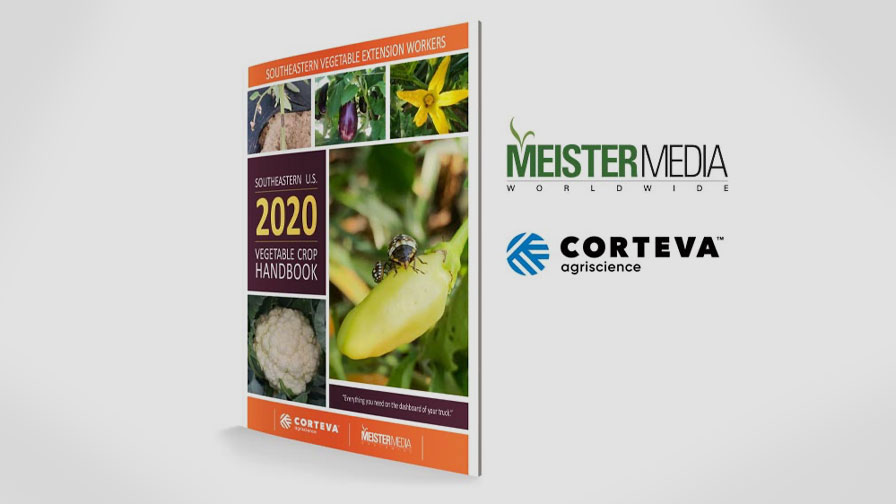Pest Of The Month: Western Flower Thrips

Identification
Western flower thrips are small (1 to 2 millimeter), slender, soft-bodied insects that may be yellow to light brown in color. Adults have distinctive fringed wings. Adult females insert eggs into plant tissue under the epidermis. Second-stage larvae drop to the soil to go through prepupal and pupal stages, and return to the plants as adults. They can develop from egg to adult in as little as two weeks in favorable temperatures.
Larvae and adults feed on flowers, buds, terminals, leaves, and fruit. They feed by rasping open plant cells and sucking up the cell contents. The damaged cells then collapse, leaving silvery streaks or blotches.
Early signs include distorted terminals; deformed leaves; stippled or scarred petals, buds, or leaves; and tiny greenish-black fecal specks on leaves or petals.
Western flower thrips also vector tomato spotted wilt virus (TSWV), which can cause significant yield loss in peppers and tomatoes. In peppers, damage to developing pods often occurs where fruits rest against each other (often appearing as ringspots), against stems (appearing as bands), or under leaves that cover the fruit (appearing as large blotches). Economic damage to tomato fruit can result from egg punctures, which develop into small white dimples.
Survival And Spread
Regular field scouting is essential as western flower thrips are difficult to detect and control because of their small size and tendency to hide in protected plant parts.
Adults can move long distances on air currents in order to find new food. Adults and larvae also can be transported on transplants.
Populations can build up on crops or weed species and then migrate into fruiting vegetables when these other plants stop flowering, are harvested, or dry down.
Management Methods
Natural enemies, such as minute pirate bugs (Orius spp.), lacewings, and predatory mites (Amblyseius spp.), can provide significant control of western flower thrips populations. One minute pirate bug (Orius spp.) per 180 western flower thrips will suppress western flower thrips; 1 Orius per 50 western flower thrips will keep western flower thrips under control without spraying.
The key to managing resistance is to reduce selection pressure by rotating between insecticides with different modes of action and reducing the number of insecticide applications.
Cultural methods should not be neglected. Since thrips pupate in the soil, new plantings of tomatoes, eggplants, and peppers should not be planted following, near or adjacent to old, infested plantings. The use of UV reflective mulches in combination with reduced risk insecticides has proven an effective way to reduce losses from tomato spotted wilt in tomato.










